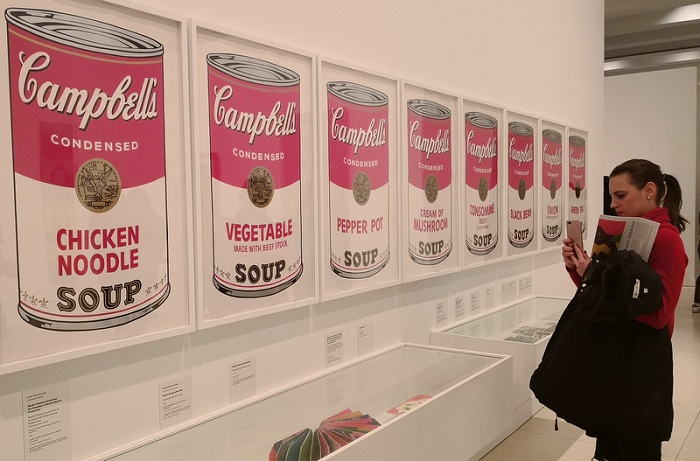The Warhol exhibition, after passing by the Picasso Museum in Málaga and the CaixaForum in Madrid and Barcelona,. Mechanical art says goodbye to Spain. In the last twelve months almost 600 thousand people have seen the great retrospective of the North American artist, organized by the Malaga gallery, in collaboration with the Obra Social La Caixa.
According to its organizers, this has been the most ambitious exhibition project conceived by the Picasso Museum in its fifteen-year history. And the figures support it: both in Madrid and in Barcelona it has been the most visited sample in the last five years; while in Malaga it has attracted 110,350 people.
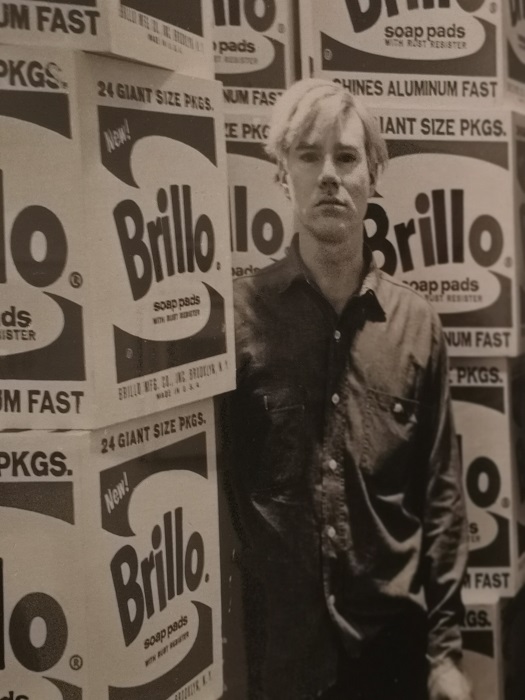
The mechanical art deals with the complex production of Andy Warhol (1928-1987) from his beginnings in the world of advertising until his coronation as a symbol of Pop Art. The exhibition is a journey through three decades of feverish work of the artist and includes almost all the fields in which he ventured: advertising posters, album covers, covers of magazines, films, paintings, engravings, sculptures, serigraphs, textile designs ...
Campbell's soup cans, Mao's suite, Marilyn Monroe and Elvis Presley portraits or Brillo boxes are some of the greatest icons that have traveled to Spain from various private collections in the world and his museum in Pittsburgh, United States.
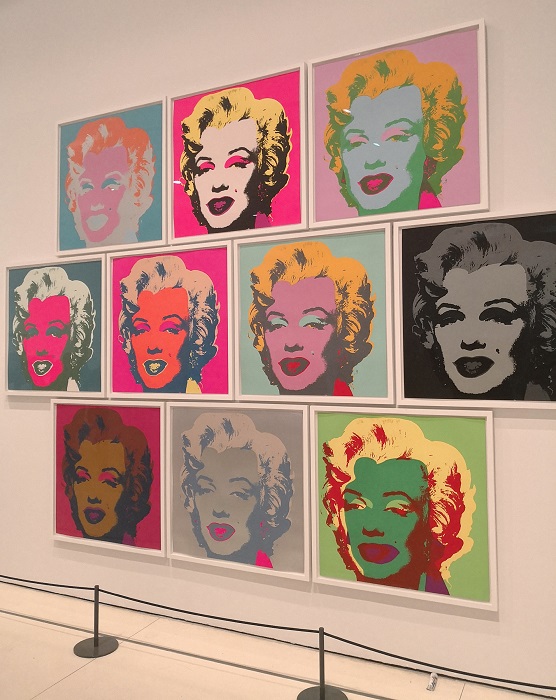
Serial production
In the post-war era, consumerism was the new patriotism in the United States of America. Warhol knew how to transform this facet of his country into art, becoming himself into a product of American society of that time, marked by massive consume and mass production.
In fact, his first works were paintings of those objects that the American family had to acquire for the economy of the country to grow: vacuum cleaners, washing machines ... And if there is something authentically American and, moreover, produced in series, it is Coca-Cola and the dollar bills, hence the artist will use them in his iconography of capitalism, along with the vouchers-discounts he reproduced in many of his canvases.
Back in 1960,the bottle of the popular drink was one of his first muses, perhaps because of this reflection included in his book The Philosophy of Andy Warhol: From A to B and Back Again: "What is great about this country, is that The United States began the tradition in which the richest consumers buy essentially the same things as the poorest ... All the Coca-Cola cans are the same and all the Coca-Cola is good. Liz Taylor knows it, the President knows it, the beggar knows it and you know it. "
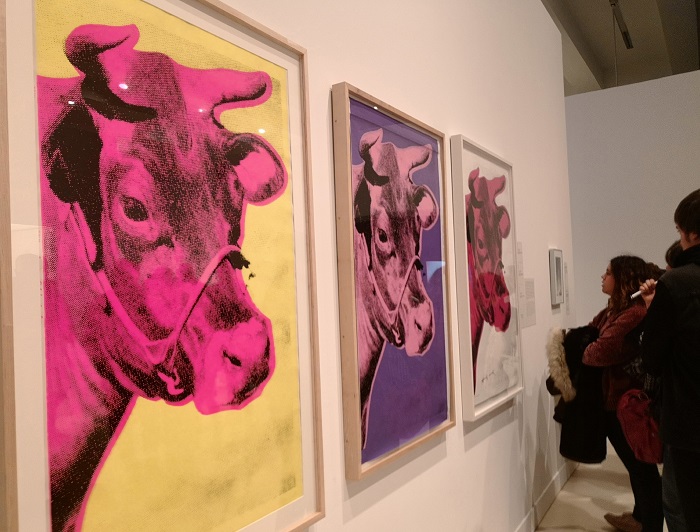
At the beginning of the sixties, Andrew Warhola (his real name) was one of the most requested and best-paid graphics artists, but he was tired of making illustrations for fashion magazines such as Harper's Bazaar and aspired to be "a true artist" and exhibit his works in the galleries of New York, where evidently not only he got to exhibit, but he had his own studio (The Silver Factory).
In any case, his relationship with the press never ceased: he was the editor of the film magazine and society Interview (1969) and designed some of the most important covers of Vogue and Times, including the edition dedicated to Michael Jackson ... He had his own television program, at the beginning of the eighties.
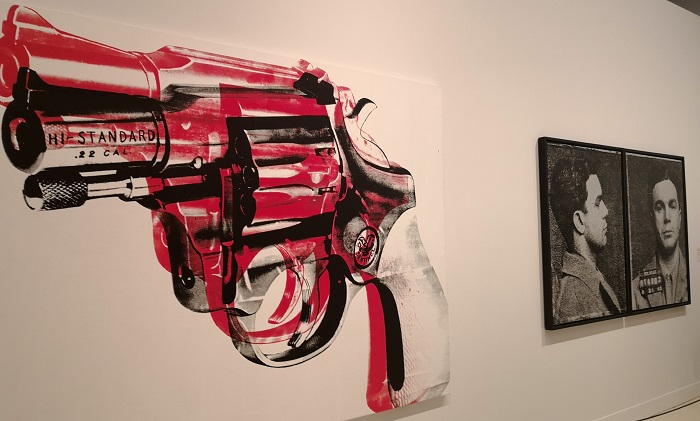
Throughout his career, Andy Warhol was in touch with the best representatives of the culture of the United States and part of the world: he designed covers for Mick Jagger, Aretha Franklin, Miguel Bosé and The Velvet Underground (the famous bananas!) ... filmed Salvador Dalí, Marcel Duchamp and another four hundred characters in his "Screen Test" ... and portrayed in Pop mode Elvis Presley, Liz Taylor, Carolina Herrera and Giorgio Armani ...
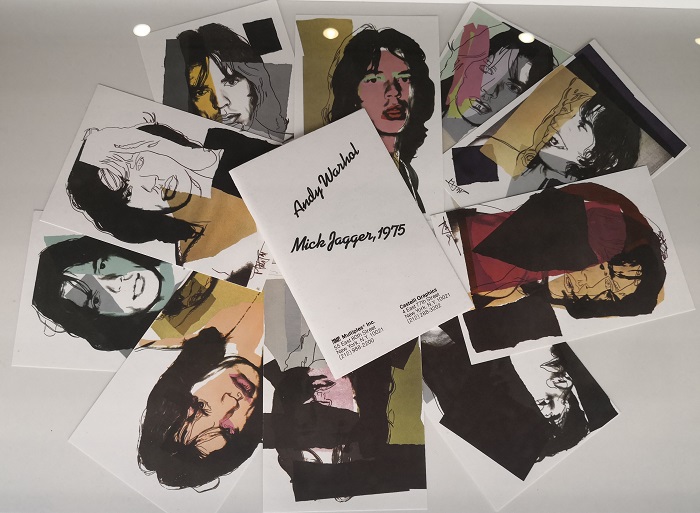
For the elites who dictated the art criticism, Warhol's enthusiasm for the culture of consumerism was unacceptable. In addition, the transgression of his creation and his discourse provoked controversy over the role of the artist and the purpose of his art. He said: "making money is art, and work is art, and good business is the best art."
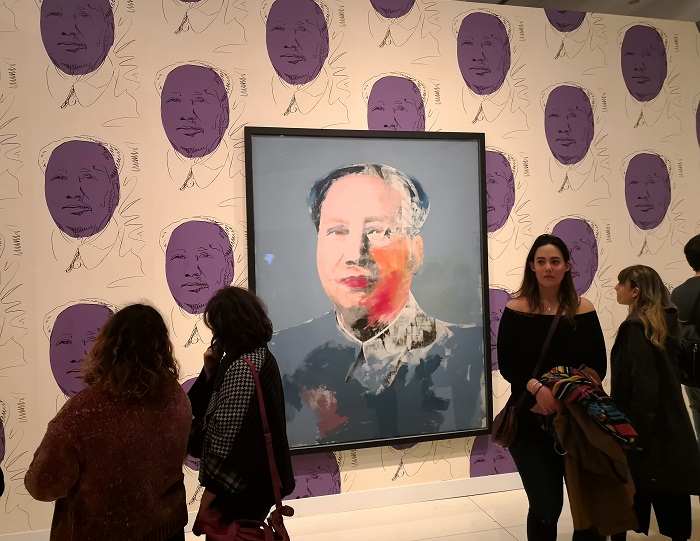
Some of his most controversial works are, perhaps, the Piss paintings. It is about some canvases -of which a copy has been seen in Spanish museums-, coated with coarse material, to which he added copper paint. When the surface was dry, he applied urine - his or its collaborators -, causing the oxidation of the paint and resulting in different iridescent tones; In addition to providing a sensual character, very typical of the personality of the artist.
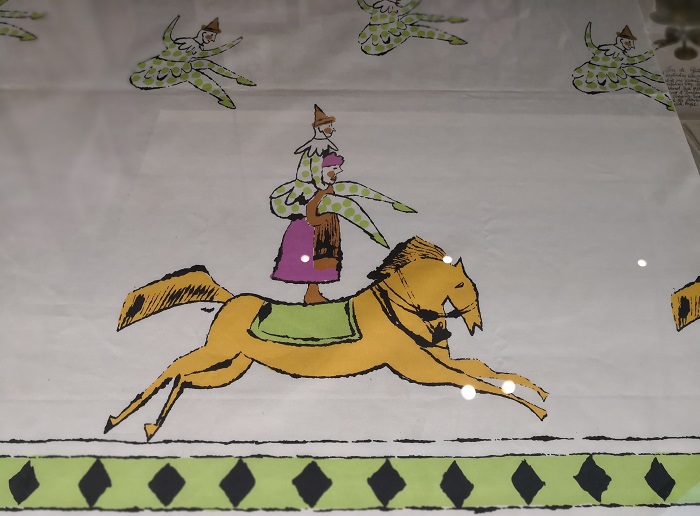
Goodbye to Warhol
Thanks to Mechanical Art, new generations understand better why Warhol is considered one of the most influential artists of the 20th century. Definitely, it has been a great success of the Picasso Museum in Malaga to organize this exhibition and make it tour around the country: more than half a million Spanish and tourists from all over the world have saved us the trip to the Andy Warhol Museum in Pennsylvania, to enjoy the originals of the American genius of pop art.
Although we will continue to see his paintings in the contemporary art fairs and in the boys' shirts ...
By Yordanis Ricardo Pupo / Photography: @yricardo
Related Publications

How Harumi Yamaguchi invented the modern woman in Japan
March 16, 2022
Giovanni Duarte and an orchestra capable of everything
August 26, 2020

